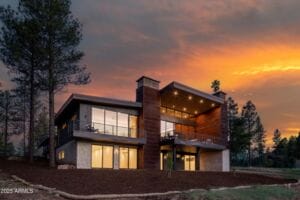Tight vacancies and high demand are sparking bidding wars for industrial space across the U.S., driving both asking and taking industrial rent growth to new highs, according to a new report from CBRE.
Asking rents increased a record 8.3% year-over-year in Q4 2020 and 7.1% in Q1 2021—well above the five-year annual growth average of 6.8%. Asking rents are the listed rates that landlords are offering for space.
Meanwhile, “taking rents”—first-year base rents on industrial leases of 12 months or more—increased 9.7% year-over-year for the first five months of 2021. Bulk warehouses accounted for the biggest increases in taking rents. Specifically, leases for warehouses of 500,000 square feet or more surged 13.2%, while leases for facilities between 100,000 square feet and 499,999 square feet rose 11.6%.
READ ALSO: Phoenix industrial market continues surge in Q1
“Occupiers are willing to pay more than landlords are asking as they struggle to find available space, particularly in the bulk warehouse category,” said John Morris, executive managing director and leader of CBRE’s Americas Industrial & Logistics business. “For many occupiers looking to expand or simply renew, the sticker shock for space has become an incredible challenge.”
Base rents for Phoenix industrial space climbed 12.1% year-over-year, the eleventh highest increase in the nation. Demand for industrial product in the area has been strong, as an increasing number of companies are looking to enter or expand in this strategic location.
“Our current supply levels cannot keep up with the increasing demand from local as well as out-of-state companies that are attracted to the area’s high standard of living, relatively lower operating cost when compared with coastal regions, skilled workforce and business-friendly environment,” said Phoenix-based First Vice President Evan Koplan. “That’s why we will continue to see rent growth.”

The trend is playing out across the country, but particularly in coastal markets and high population centers. Northern New Jersey and Inland Empire led the nation with 33.3% and 24.1% base-rent increases, respectively, through May. Both markets have incredibly low vacancy rates at 2.2% and 1.5%, respectively.




